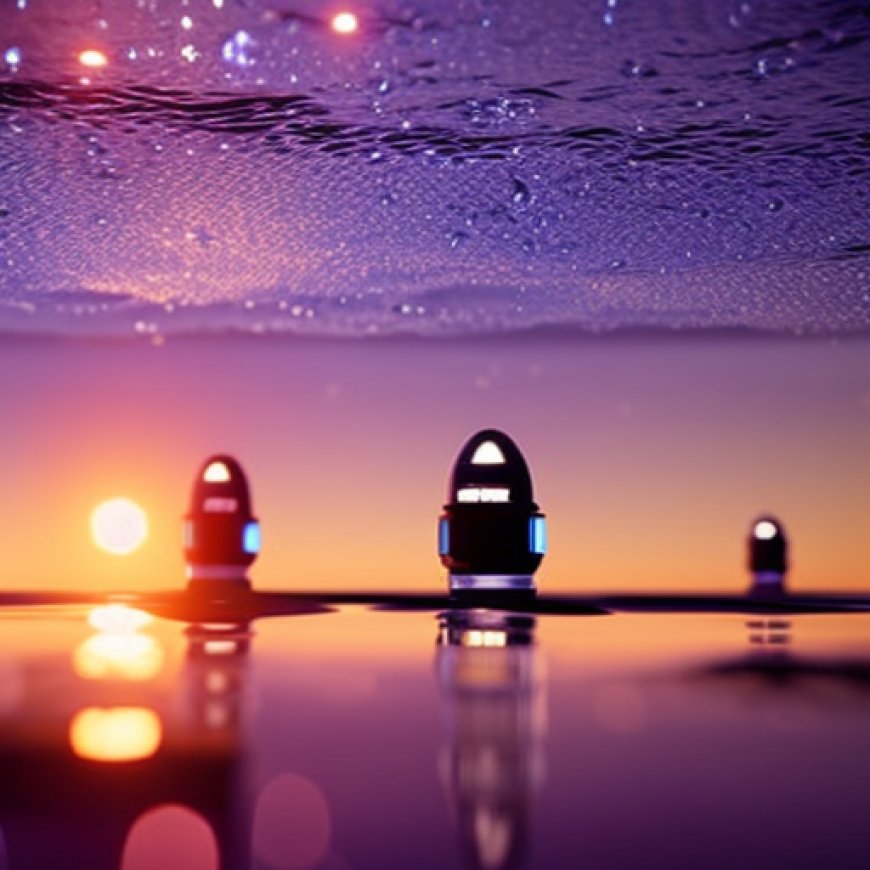Sea-bed ‘air batteries’ offer cheaper long-term energy storage
Sea-bed 'air batteries' offer cheaper long-term energy storage New Atlas


BaroMar Introduces Innovative Underwater Compressed Air Energy Storage System
Israeli company BaroMar is preparing to test a clever new angle on grid-level energy storage, which it says will be the cheapest way to stabilize renewable grids over longer time scales. This innovative system lets water do the work.
The Need for Energy Storage in the Future
The zero-carbon energy grid of the future looks remarkably complex. Solar, wind, and other renewable energy sources will all contribute power when they can – but this won’t match up with demand, so energy storage and release measures will be critical. And these will be needed for a range of different time scales. Some will need to smooth out daily peaks and troughs. Others will operate between days and weeks, filling in when overcast weather makes for a couple of days of poor solar output.
And then there’s long-duration storage, which will attempt to stash electrons for the winter, when there’ll be a seasonal lull in solar generation that wind might not make up. That’s the area BaroMar wishes to address with its interesting take on compressed air energy storage (CAES).
BaroMar’s Underwater Compressed Air Energy Storage Solution
CAES involves using excess energy to run compressors, typically pumping air into large, rigid tanks where it can be stored at high pressures, then released through some kind of turbine that can drive a generator to recover the energy. It’s already quite a cost-effective energy storage option – but BaroMar says it can beat traditional systems over long-duration energy storage using an amusingly low-tech solution.

BaroMar
Basically, the company’s plants will be stationed near coastlines with access to deep water. And instead of large high-pressure tanks, BaroMar uses the pressure of the water column to store compressed air in much cheaper enclosures.
We’re talking a series of big, cheap, dumb, concrete and steel tanks with cages full of rocks on top of them, to keep them submerged at between 200-700-meter (650-2,300-ft) depths. These tanks have a number of water-permeable valves around them and start out completely full of seawater. The compressor and generator systems live close by on dry land, and when there’s excess energy to be soaked up, the compressor feeds ambient air down to these tanks through long hoses at 20-70 bar (290-1,015 psi), depending on the depth.

Join us, as fellow seekers of change, on a transformative journey at https://sdgtalks.ai/welcome, where you can become a member and actively contribute to shaping a brighter future.







